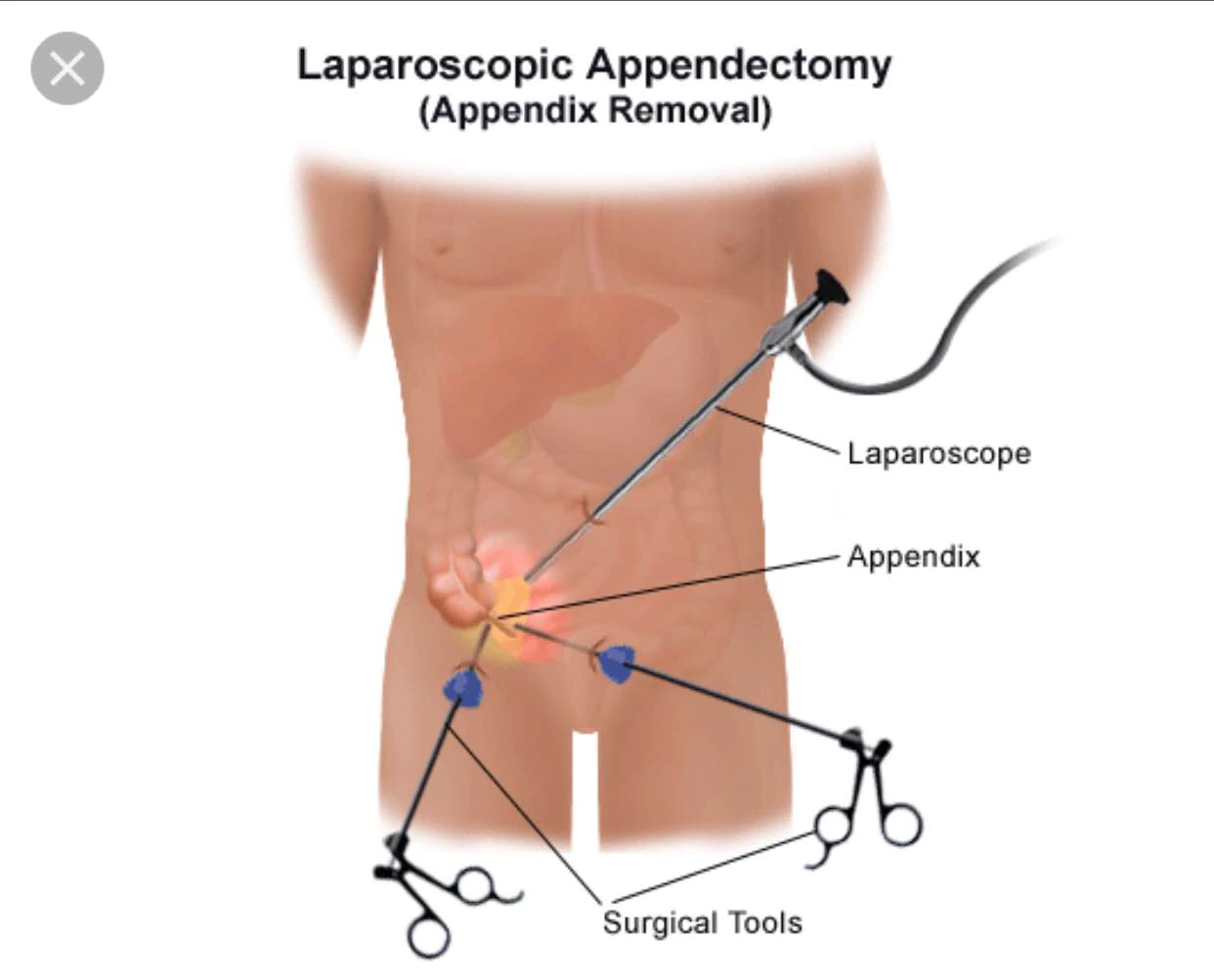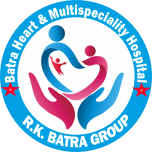Laparoscopic Adhesiolysis
Laparoscopic adhesiolysis is a minimally invasive surgical procedure performed to remove adhesions, which are bands of scar tissue that can develop inside the abdomen or pelvis due to previous surgery, infection, or inflammation. The overview of laparoscopic adhesiolysis covers various aspects of the procedure, from preoperative preparation to postoperative care, potential risks, benefits, alternatives, and follow-up care, tailored to the individual’s medical condition and discussions with healthcare professionals.
Preoperative Preparation:
Prior to undergoing laparoscopic adhesiolysis, patients undergo a comprehensive evaluation that may include imaging studies, blood tests, and a general health assessment. The healthcare team provides instructions for preoperative medication management, dietary restrictions, and other preparatory measures to optimize the patient’s readiness for surgery.
The Procedure:
During laparoscopic adhesiolysis, the patient is under general anesthesia, and small incisions are made in the abdomen. A laparoscope, a thin, lighted tube with a camera, and specialized surgical instruments are inserted through these incisions. The surgeon carefully identifies and dissects the adhesions to restore normal tissue and organ mobility while minimizing trauma to surrounding structures.
Postoperative care:
After the laparoscopic adhesiolysis procedure, patients receive thorough postoperative care, which includes pain management, wound care, and the administration of medications to facilitate recovery. The healthcare team provides guidance on managing discomfort, activity restrictions, and dietary considerations during the healing process. Patients are closely monitored for signs of complications and are provided with instructions for at-home care after discharge.
Benefits:
The advantages of laparoscopic adhesiolysis over open adhesiolysis:
- Patients experience less discomfort after the procedure and can resume normal activities much faster
- There is a lower risk of bleeding and wound infections;
- There is a lower risk of scarring inside the abdomen, which increases the risk of bowel obstruction; and
- Smaller abdominal scars provide a better cosmetic result.
Risks, Benefits, and Alternatives:
The overview should provide a comprehensive understanding of the potential risks associated with laparoscopic adhesiolysis, such as injury to surrounding tissues, bleeding, or infection, while highlighting the benefits of the minimally invasive approach, including reduced postoperative pain, shorter hospital stay, and faster recovery. Moreover, the discussion should address alternative treatment options and potential consequences of leaving adhesions untreated, such as persistent pain, bowel obstructions, or fertility issues.
Follow-up:
Following laparoscopic adhesiolysis, patients typically require periodic follow-up appointments with their healthcare provider to monitor their recovery, address any concerns, and assess the resolution of symptoms. The healthcare team may also provide guidance on measures to reduce the risk of adhesion recurrence or related complications. Patients may undergo follow-up imaging studies or diagnostic tests to ensure the effectiveness of the procedure and their ongoing well-being.
It is essential to emphasize that the overview of laparoscopic adhesiolysis should be tailored to address the specific indications for the procedure and the individual’s unique circumstances. Patients are encouraged to actively engage with their healthcare team, seek the information necessary to make informed decisions about their care, and address any questions or concerns they may have regarding the surgical intervention

